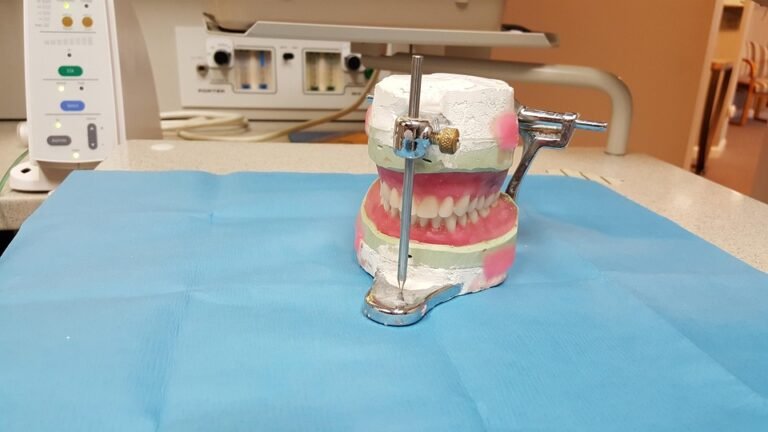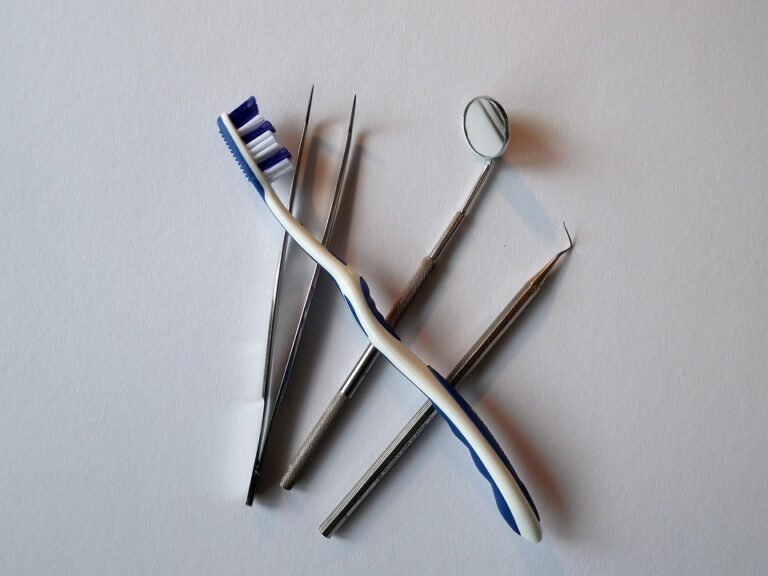What patient positioning and angles are ideal for smile analysis photography
Okay, so I’m starting to really focus on smile design and documentation in my practice, and I want to be able to take consistently great photographs for smile analysis. I’ve been reading about different techniques, but I’m still a little unsure about the specifics.
Specifically, I’m wondering about:
- Head Position: Should the patient be looking straight ahead, or should I have them tilt their head slightly? What’s the best way to ensure consistent head positioning across multiple photos taken at different appointments?
- Lip Retraction: How much lip retraction is ideal? I want to see the gingival margin clearly, but I also don’t want to distort the natural appearance of the smile. Are there specific instruments or techniques to achieve this consistently?
- Camera Angles: What are the key angles I need to capture? I know I need a full face, frontal view, and buccal views, but what about occlusal views or other angles that might be helpful for analyzing the smile? What is the ideal focal length for these photos?
- Background: Does the background matter? Should it be a specific color, or should I just focus on having a clean, uncluttered background?
Basically, I’m looking for a standardized protocol that I can follow every time to ensure I get clear, consistent, and useful photographs for smile analysis. I’m using a DSLR with a macro lens and ring flash, if that helps. Any advice would be greatly appreciated!
Answer
For comprehensive smile analysis photography, meticulous patient positioning and camera angles are crucial for capturing accurate and reproducible images. The goal is to document the smile in a standardized manner, minimizing distortion and facilitating reliable comparisons over time or between observers.
Patient Positioning:
- Head Position:
- Frankfort Horizontal Plane: This is the single most important factor. The Frankfort Horizontal Plane (the line extending from the infraorbital rim to the superior aspect of the external auditory meatus or ear canal) must be parallel to the floor. This can be achieved by adjusting the patient’s chair height and/or using a headrest. Proper alignment ensures that the occlusal plane is parallel to the ground, minimizing vertical distortion and allowing for accurate assessment of incisal display and gingival architecture.
- Midsagittal Plane: The midsagittal plane (an imaginary line dividing the head into equal left and right halves, typically running along the nose and between the central incisors) should be perpendicular to the floor. This prevents rotation of the head and ensures that the symmetry of the smile is accurately represented. Assess by visualizing a line from the center of the forehead, down the nose, to the chin.
- Head Stabilization: Using a headrest is highly recommended to help the patient maintain the correct head position throughout the photo session. This minimizes movement artifacts and ensures consistency between images.
- Shoulder Position: The patient’s shoulders should be relaxed and level. Elevated or slumped shoulders can indirectly affect head posture and introduce unwanted asymmetry into the images.
- Lip Position: The patient’s lips should be relaxed, without excessive stretching or strain.
Camera Angles and Views:
- Frontal View (Full Face and Smile):
- Camera-to-Subject Distance: Typically, the camera is positioned approximately 3-4 feet (1-1.2 meters) from the patient. This distance helps to minimize distortion and allows for adequate depth of field.
- Camera Height: The camera should be positioned at the patient’s eye level when the patient is in the Frankfort Horizontal Plane. This ensures that the occlusal plane is captured accurately in relation to the facial features.
- Image Composition: The image should capture the entire face, from the hairline to the chin, with adequate space on either side of the face. The focus should be on the teeth and smile. Capture relaxed and posed smiles.
- Lateral View (Profile):
- Camera-to-Subject Distance: Maintain a similar distance as the frontal view.
- Camera Height: Position the camera at the patient’s eye level.
- Image Composition: Capture the profile view, showing the nose, lips, and chin in profile. The focus should be on the soft tissue profile and its relationship to the teeth.
- Midsagittal Plane: The patient should be rotated 90 degrees from the frontal view, with the midsagittal plane aligned perpendicular to the camera.
- Oblique Views (Optional):
- Purpose: These views can provide additional information about the dental arches, tooth alignment, and soft tissue contours.
- Angle: The camera is positioned at approximately 45 degrees to the frontal plane.
- Image Composition: Focus on the smile and surrounding facial structures from the oblique perspective.
Intraoral Views:
While not directly for smile analysis, intraoral photos are vital for a full record.
- Frontal View (Retracted): This view provides a clear image of the anterior teeth and gingiva. Retractors are used to pull back the cheeks and lips. Focus on incisal edges and gingival margins.
- Lateral Views (Right and Left): These views show the buccal segments of the teeth and the relationship between the upper and lower arches.
- Occlusal Views (Maxillary and Mandibular): These views provide a comprehensive view of the occlusal surfaces of the teeth and the arch form. A mirror is used to reflect the image.
Additional Considerations:
- Lighting: Consistent and diffused lighting is essential for capturing accurate and reproducible images. Use of a ring flash, twin flash, or studio lighting setup is recommended.
- Camera Settings: Use a camera with a macro lens and appropriate settings for dental photography, including aperture, shutter speed, and ISO.
- Image Standardization: Use a consistent protocol for capturing and storing images to ensure comparability over time.
- Informed Consent: Obtain informed consent from the patient before taking any photographs.
- Cross-polarization Filter: Use of a cross-polarization filter can reduce glare and reflections on the teeth and soft tissues, resulting in clearer and more detailed images.
By following these guidelines, dental professionals can obtain high-quality smile analysis photographs that are essential for diagnosis, treatment planning, and communication with patients and other specialists.




